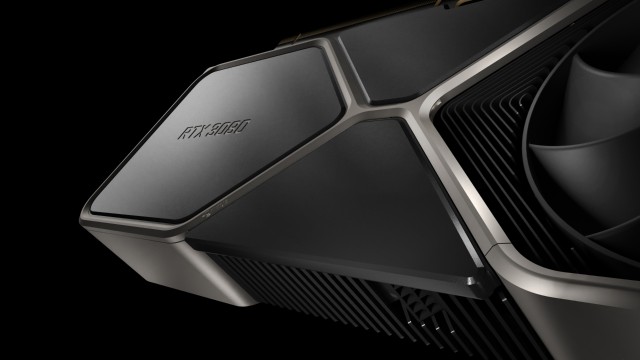As an RTX 2080 Ti owner, I need to face the facts: this card wasn’t worth the money. I came off of a GTX 1080, eager not so much for a general performance increase, but for the promise of raytracing. However, NVIDIA’s killer feature for the inaugural RTX cards hasn’t been embraced by the industry as warmly as owners have hoped. My disappointment in the RTX 2080 Ti is somewhat alleviated by the fact that raytracing is finally about to move into the mainstream with the launch of the RTX 30 series and next-gen consoles.
The problems with raytracing so far have been low adoption rate and poor performance. The RTX 20 series only makes up 10% of the GPUs used on Steam as of July 2020. The three GPUs from that lineup that can comfortably run RTX-capable games at higher resolutions than 1080p and 60fps are the 2080, 2080 Super, and 2080 Ti and make up less than 3% of the cards Steam users have installed. However, even with these cards, you must often make tradeoffs between graphical fidelity and framerate if you’re using raytracing. DLSS has somewhat alleviated this issue but has to be implemented on a per-game basis.
Raytracing is a bit of an oxymoron with the RTX 20 cards. Most players who paid the premium price that the RTX 2080, 2080 Super, and 2080 Ti command want to play their games at the highest fidelity possible. The need to compromise with RTX on took some of the allure out of having the latest and greatest of NVIDIA’s GPUs. Developers have also been slow to adopt the technology, likely due to the relatively low raytracing performance on the more common RTX cards like the 2060 and 2070 lineup.
However, with the adoption of raytracing by the upcoming PS5 and Xbox Series X consoles, we may finally be seeing a perfect storm for raytracing to become a mainstream feature. The announcement of the vastly improved raytracing performance of the RTX 30 series, and their lower prices, means the new lineup will likely eclipse the higher-end RTX 20 series cards quickly. That means that near the end of the year, we may see a significant increase in games that feature raytracing.
RTX is an immensely impressive feature when properly implemented. Games like Control and Metro Exodus are complemented dramatically by the real-time lights and shadows, and real-time reflections add a new layer of realism throughout a game. RTX might have been a novelty for the first iteration of RTX cards, but it’s poised to be a gamechanger over the next few years.












